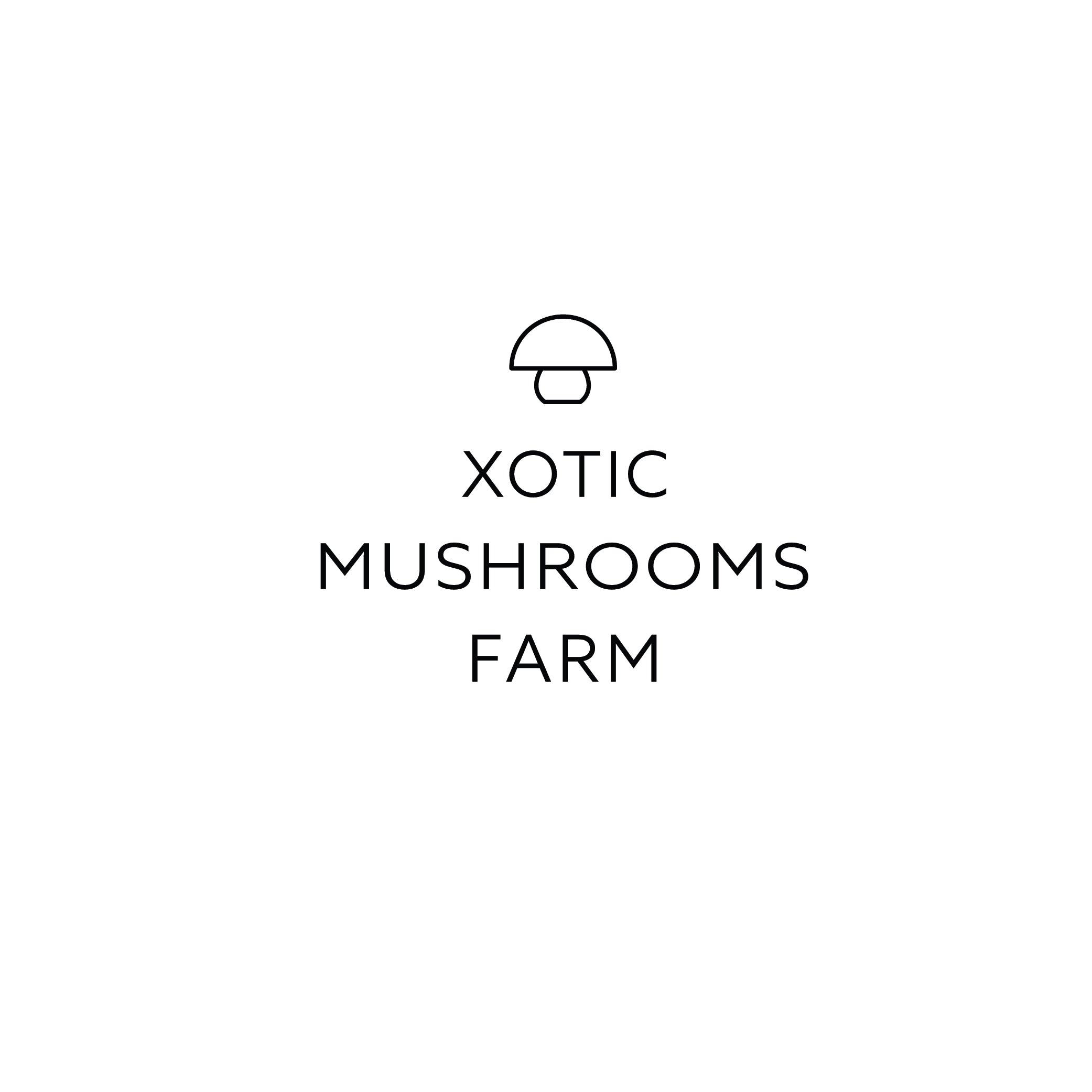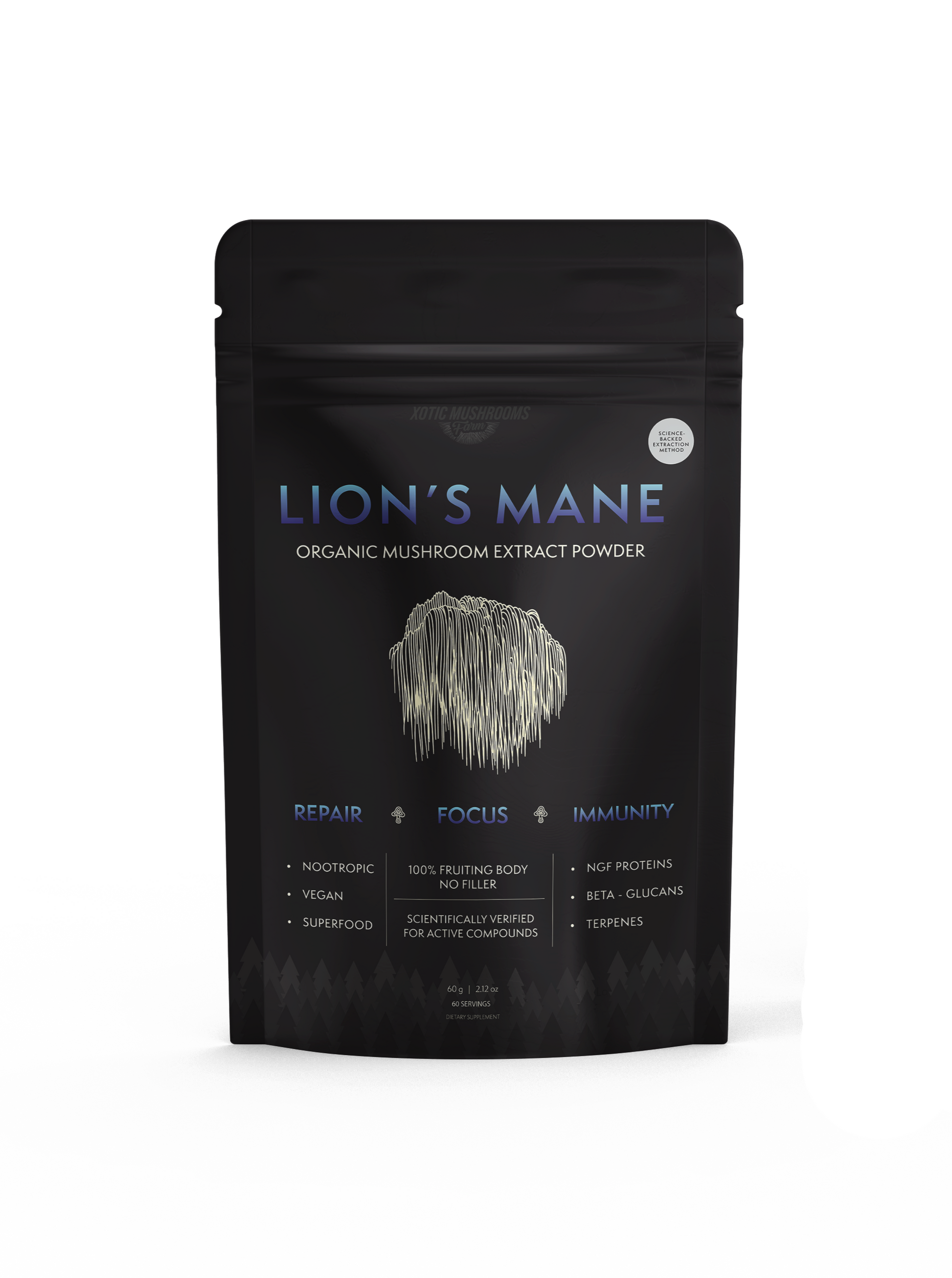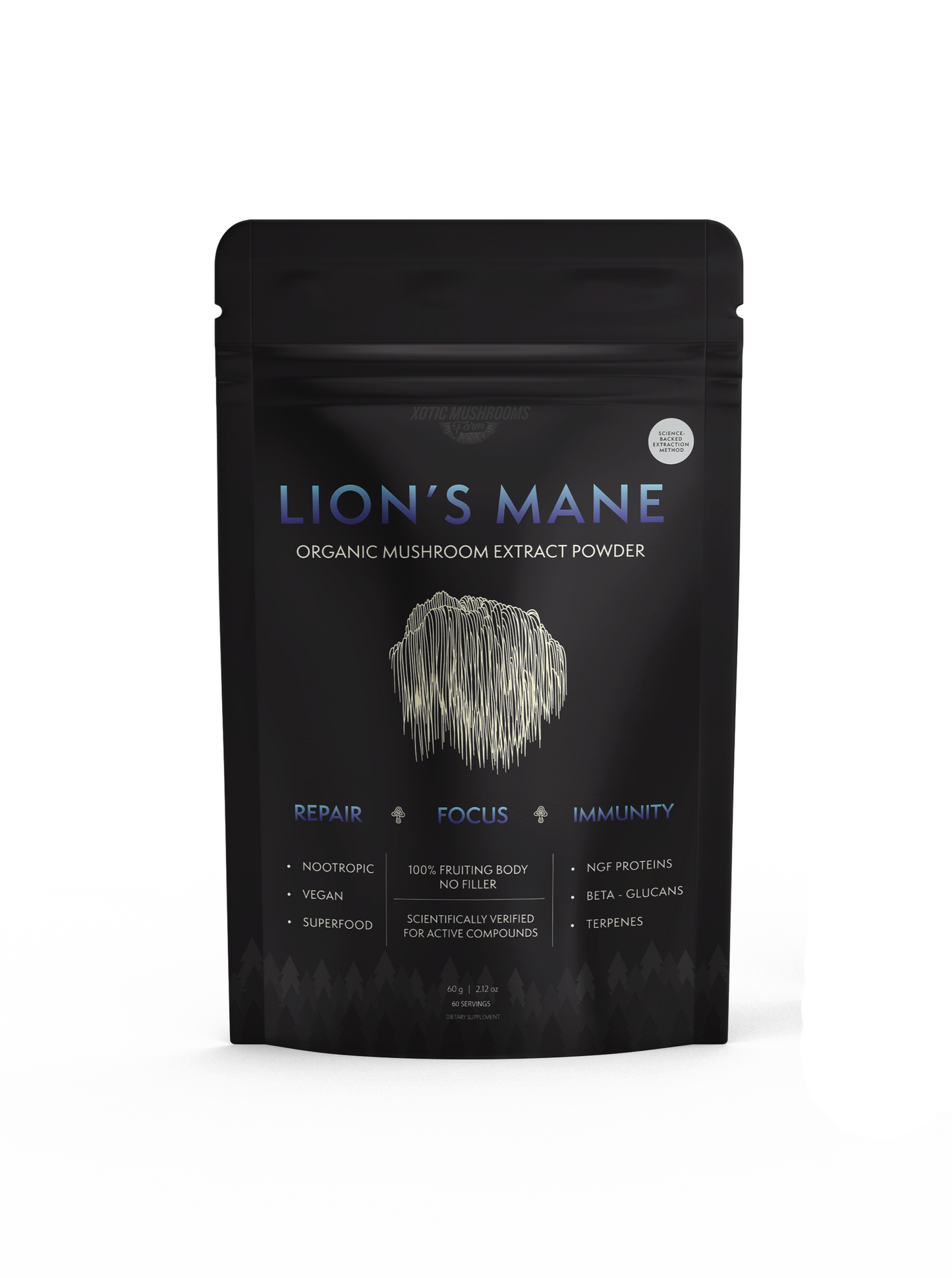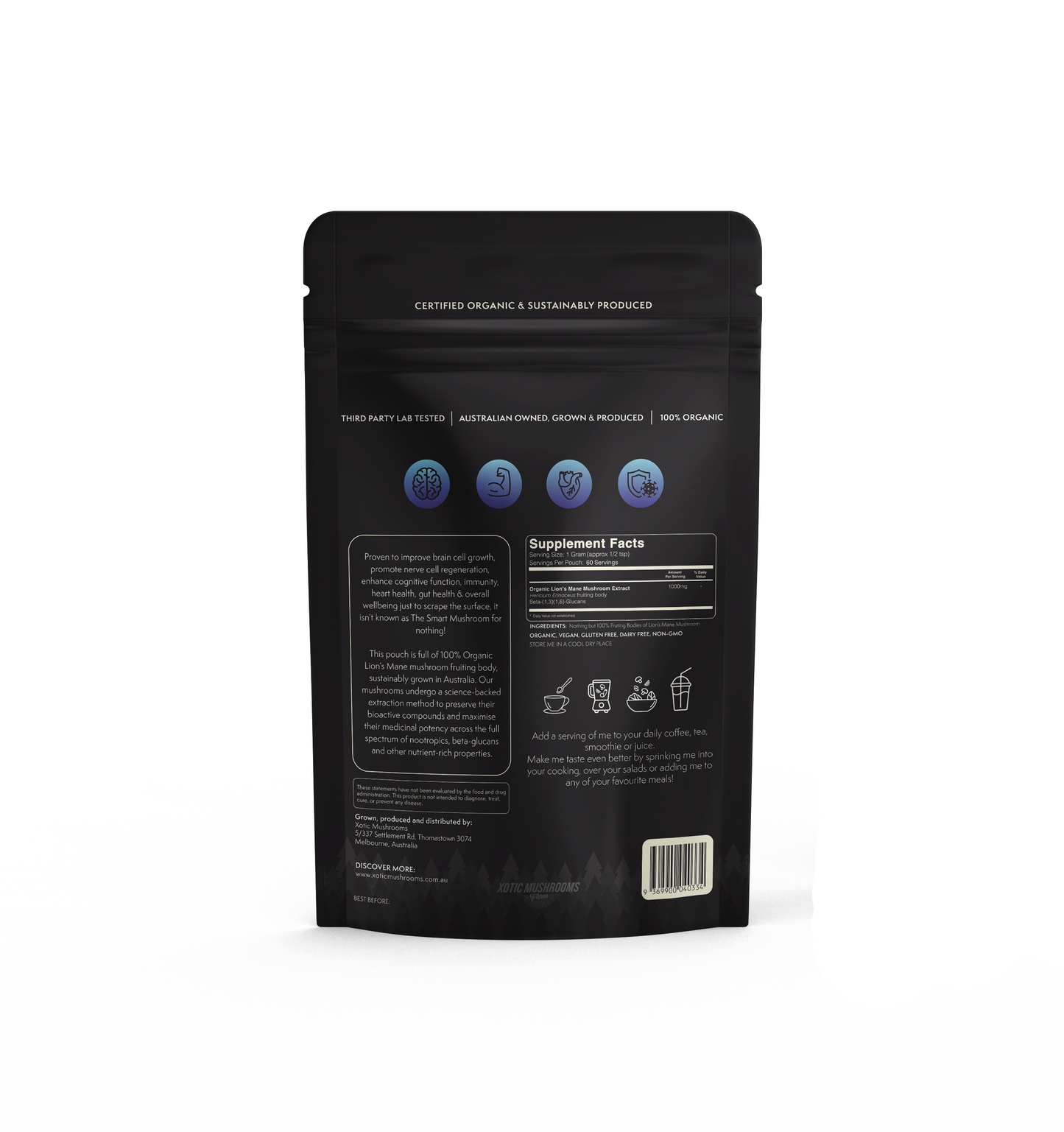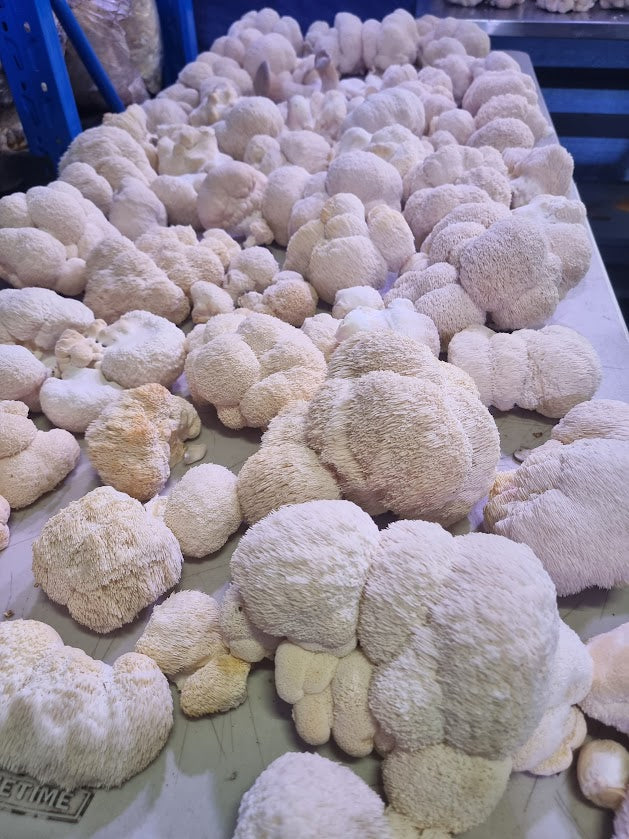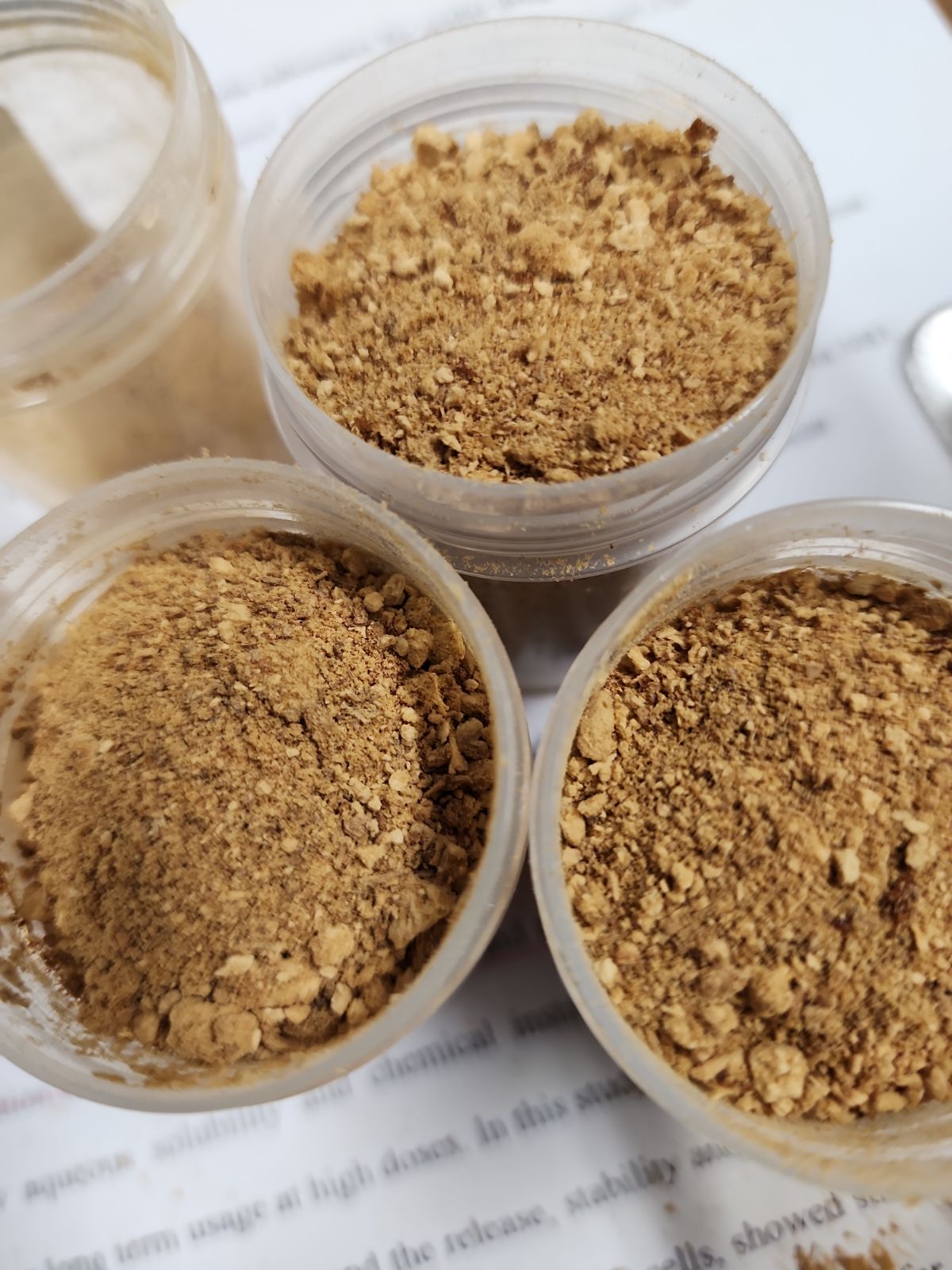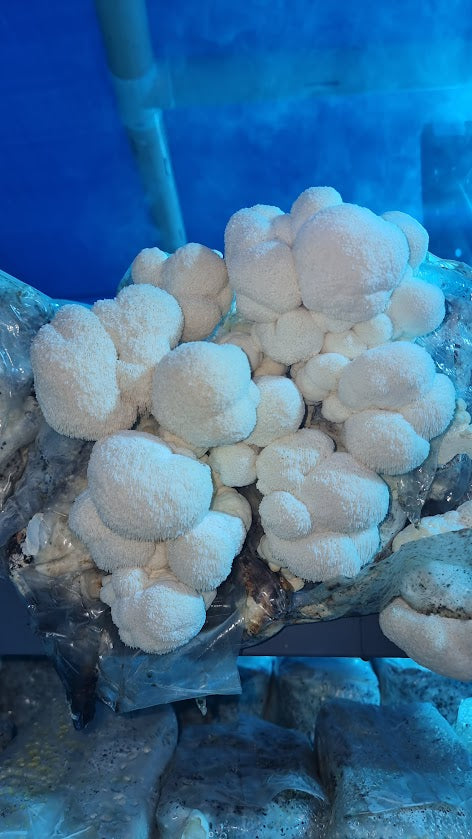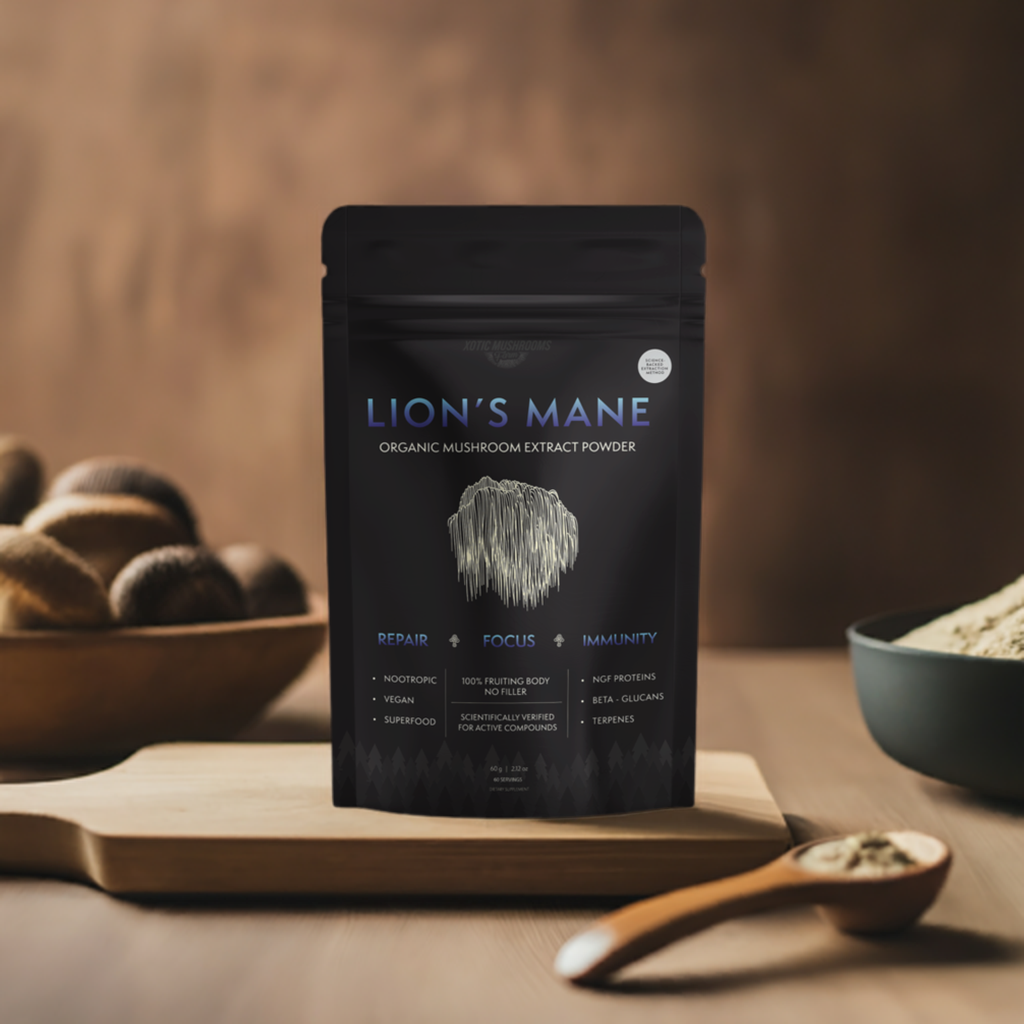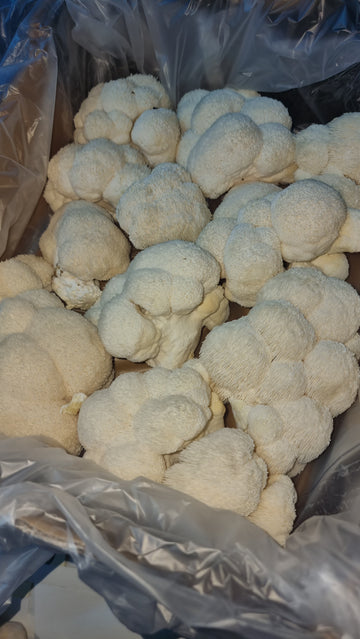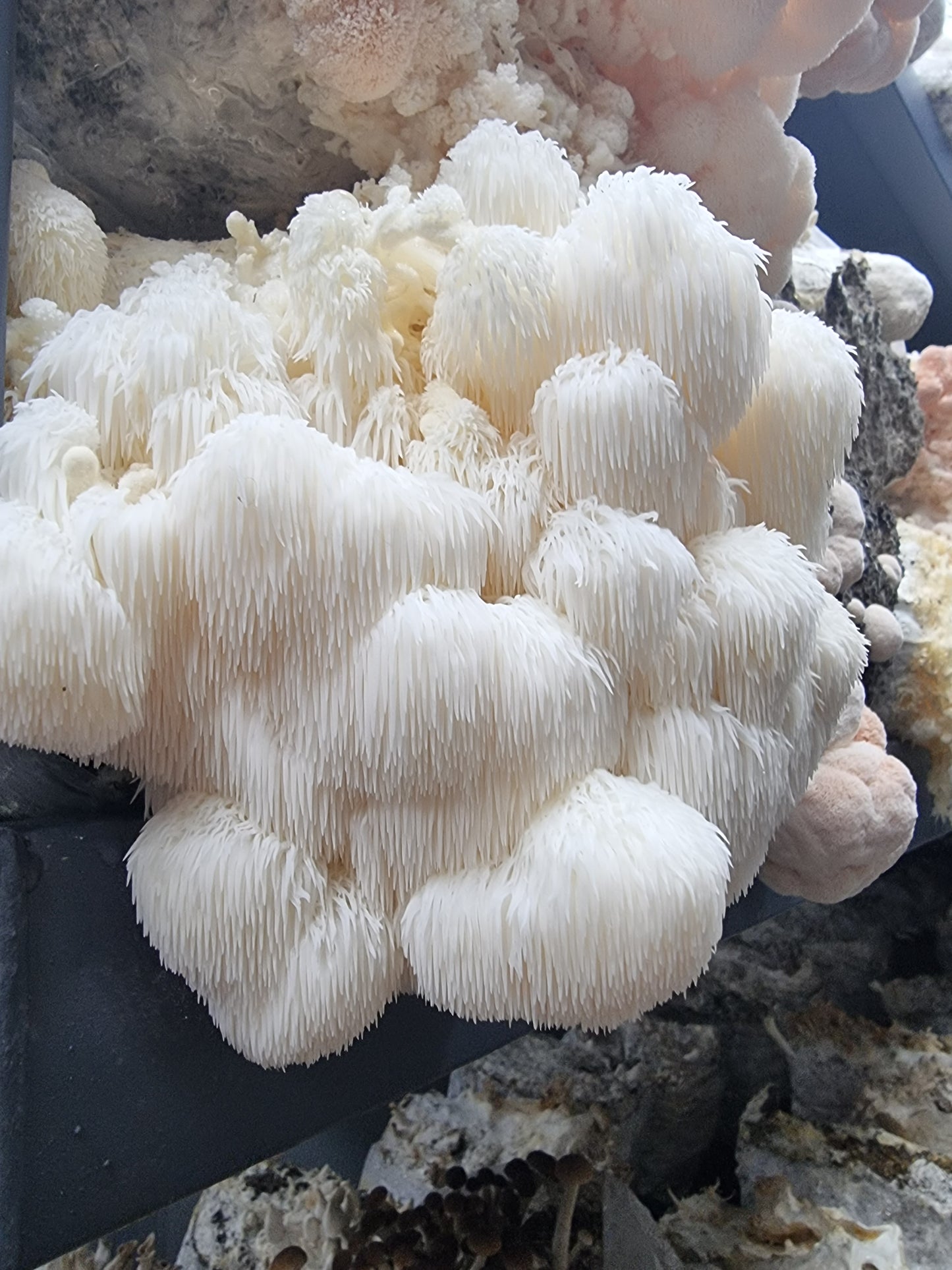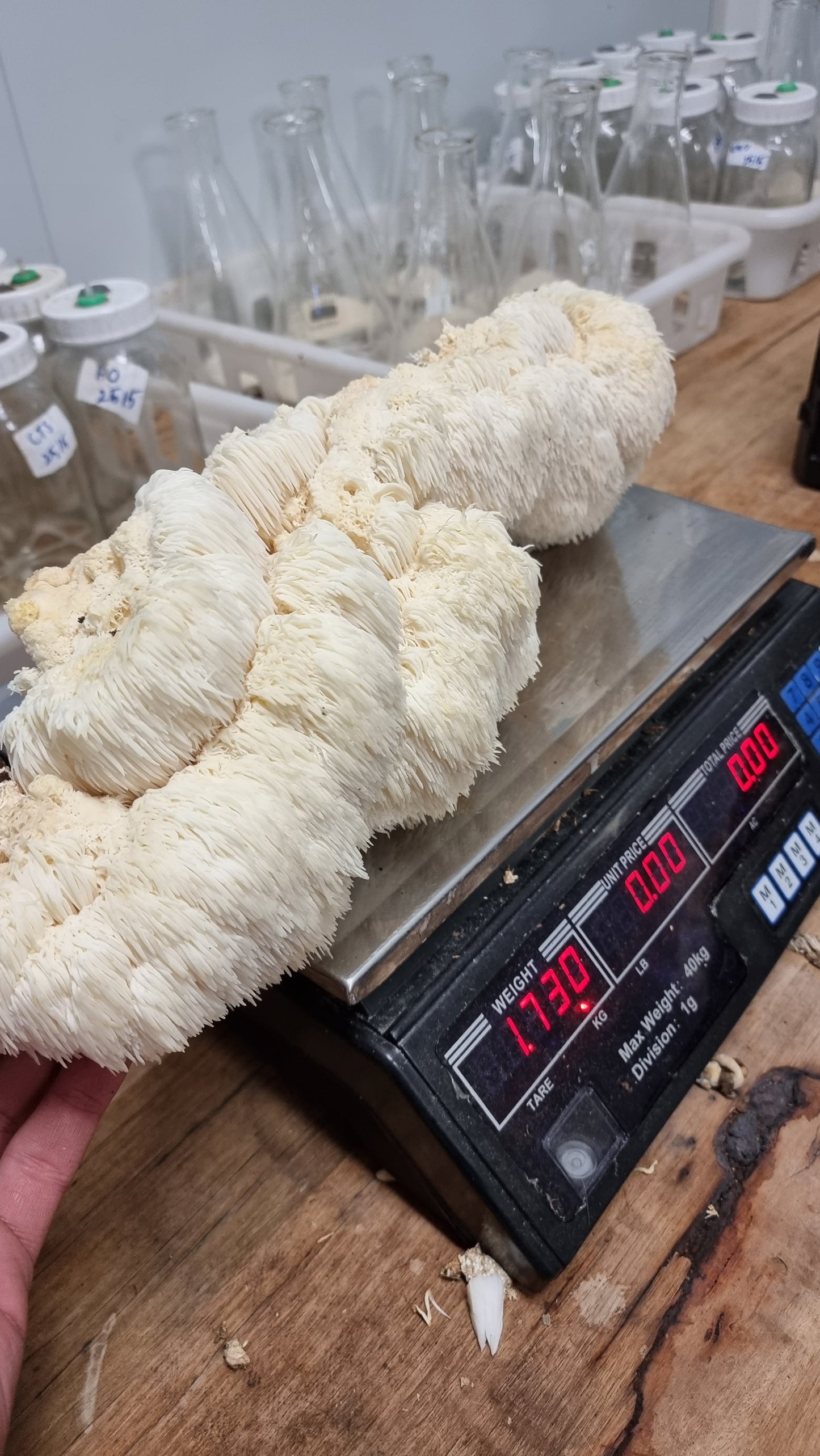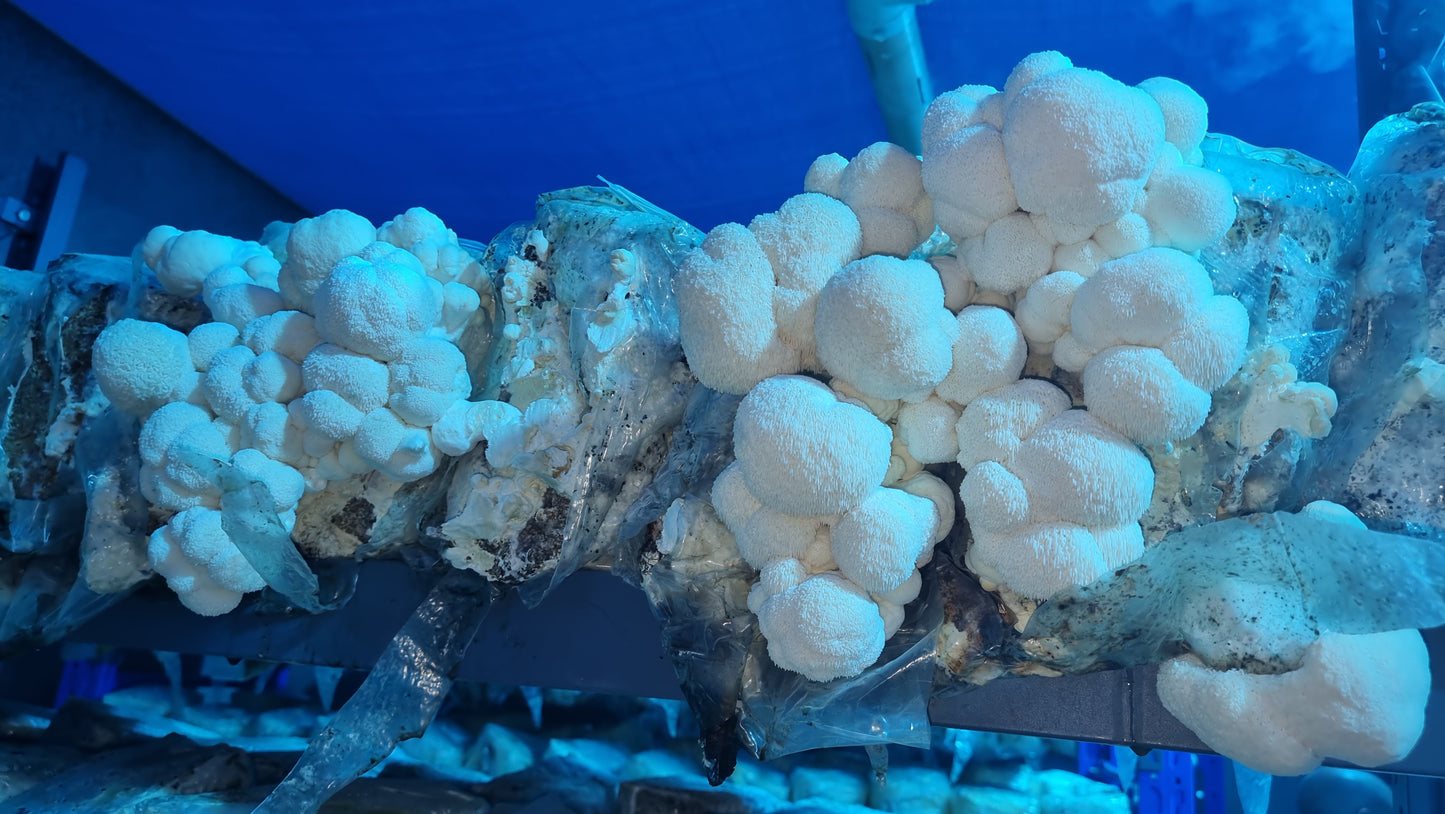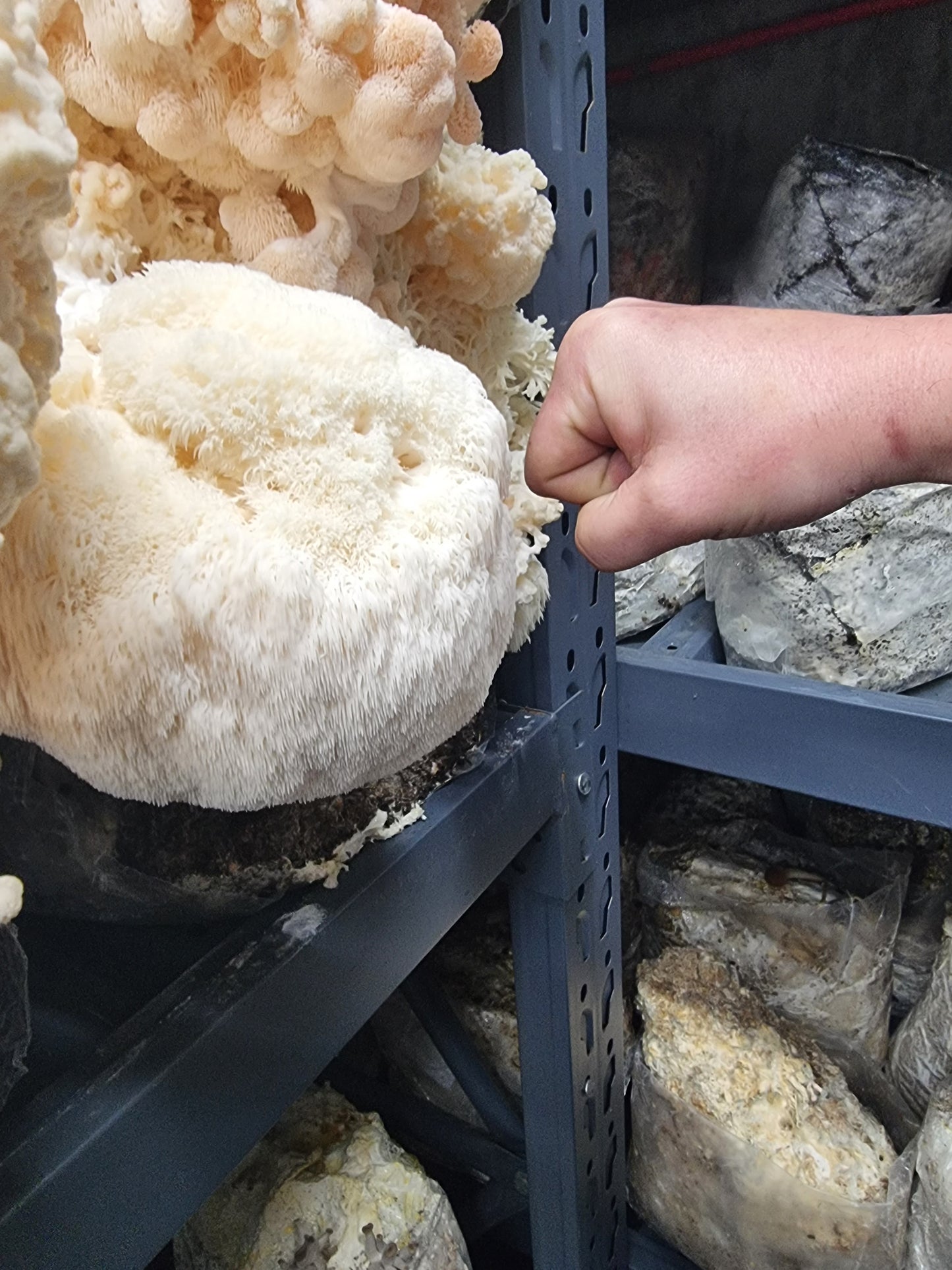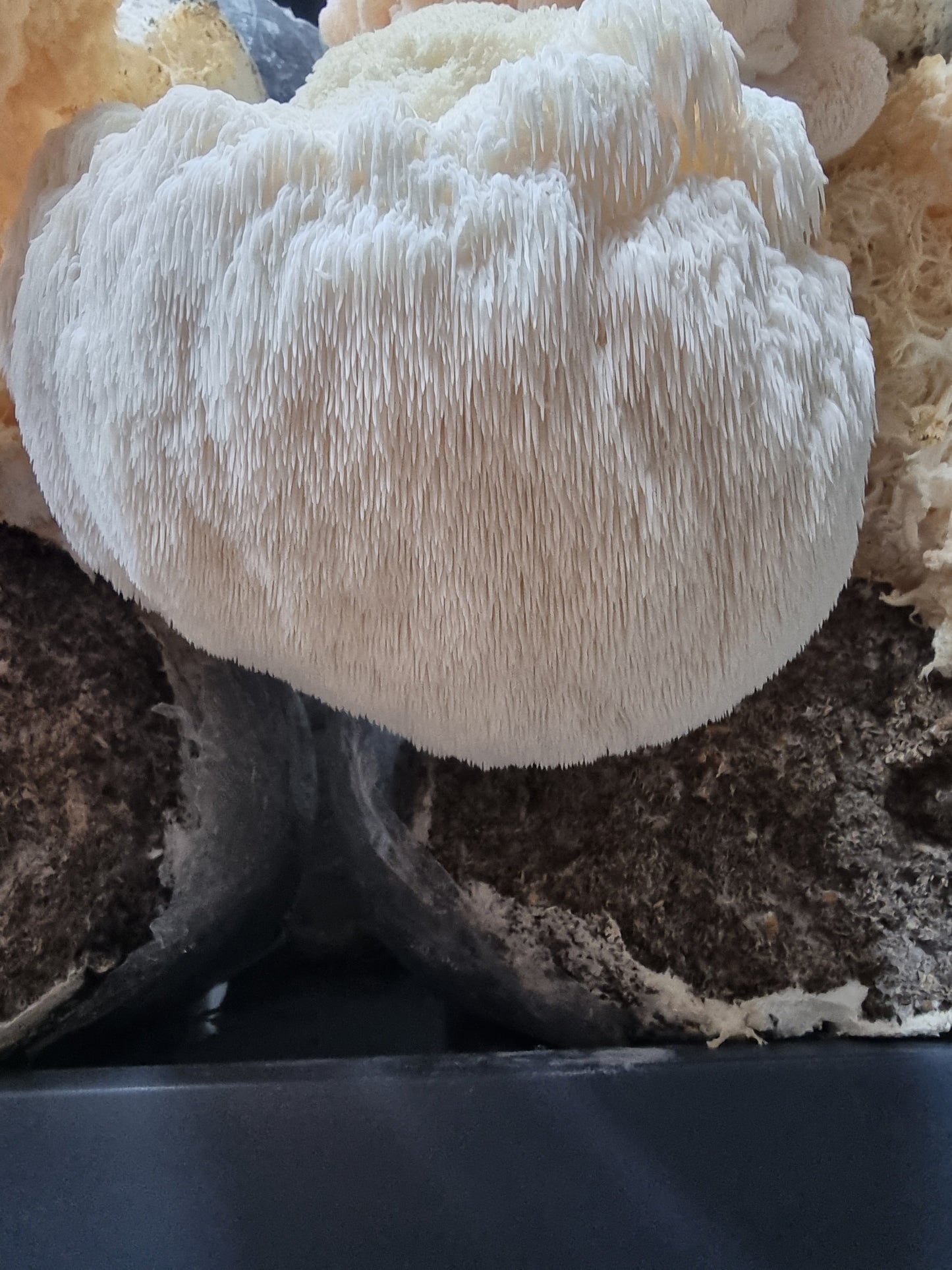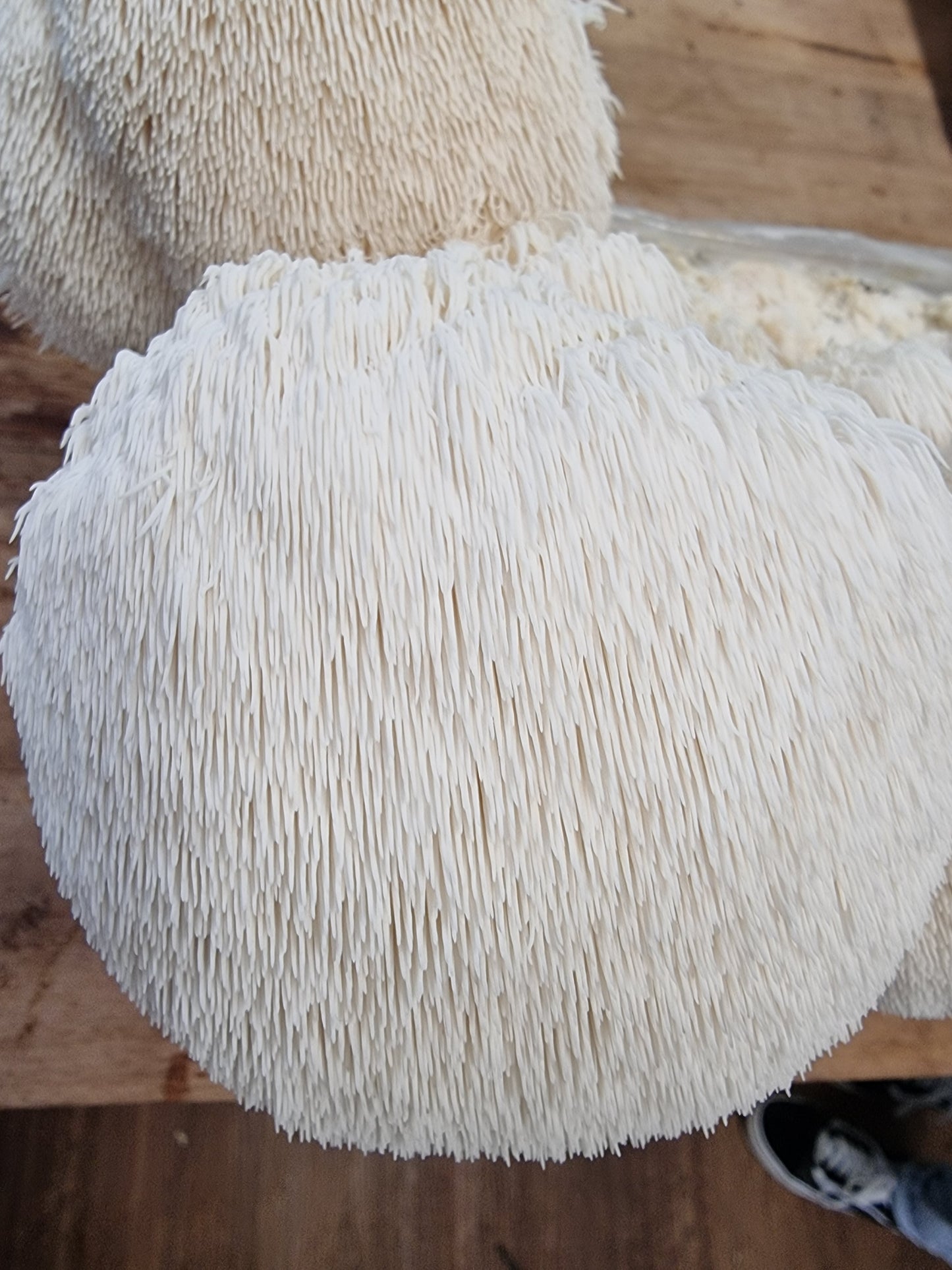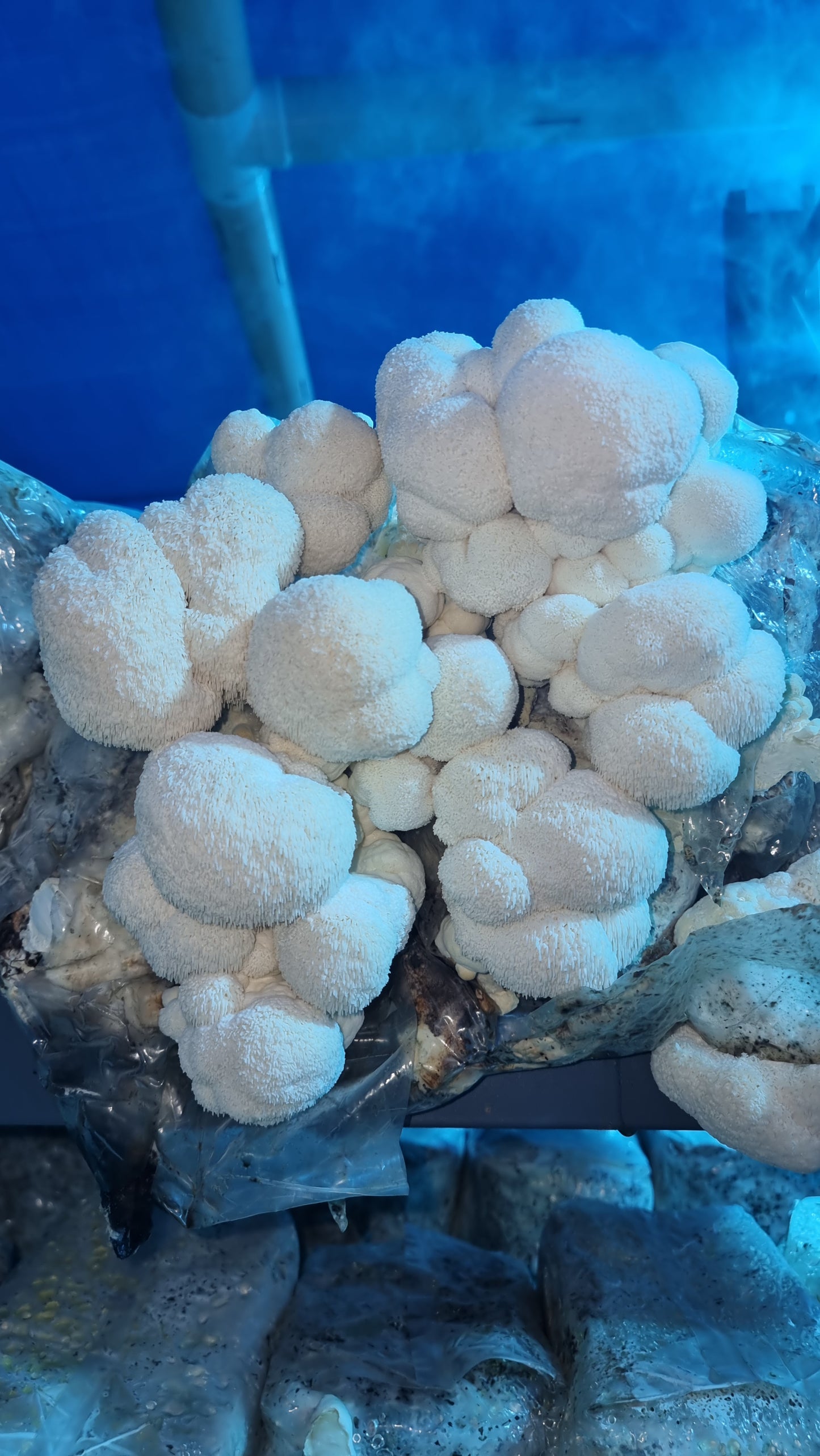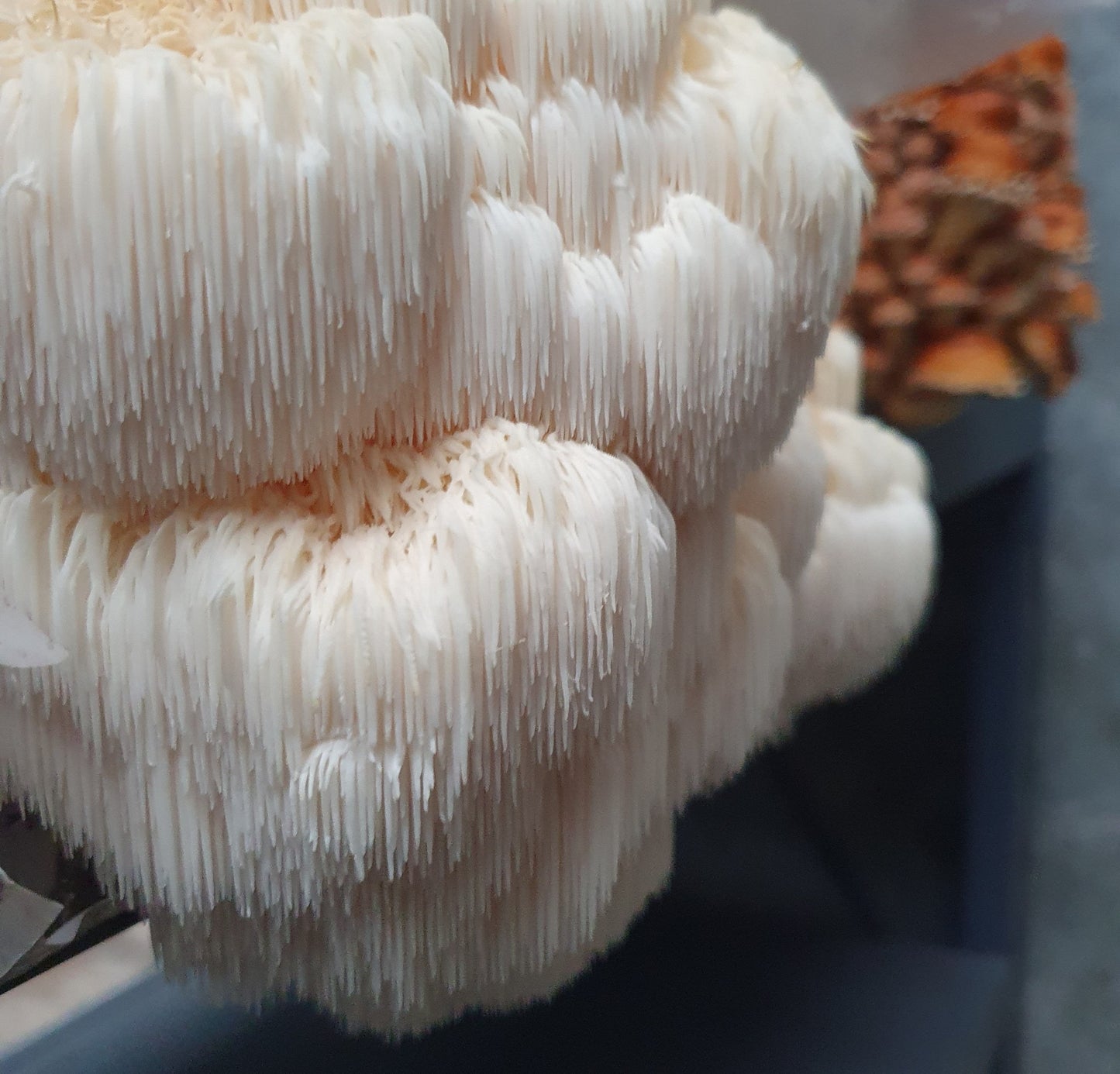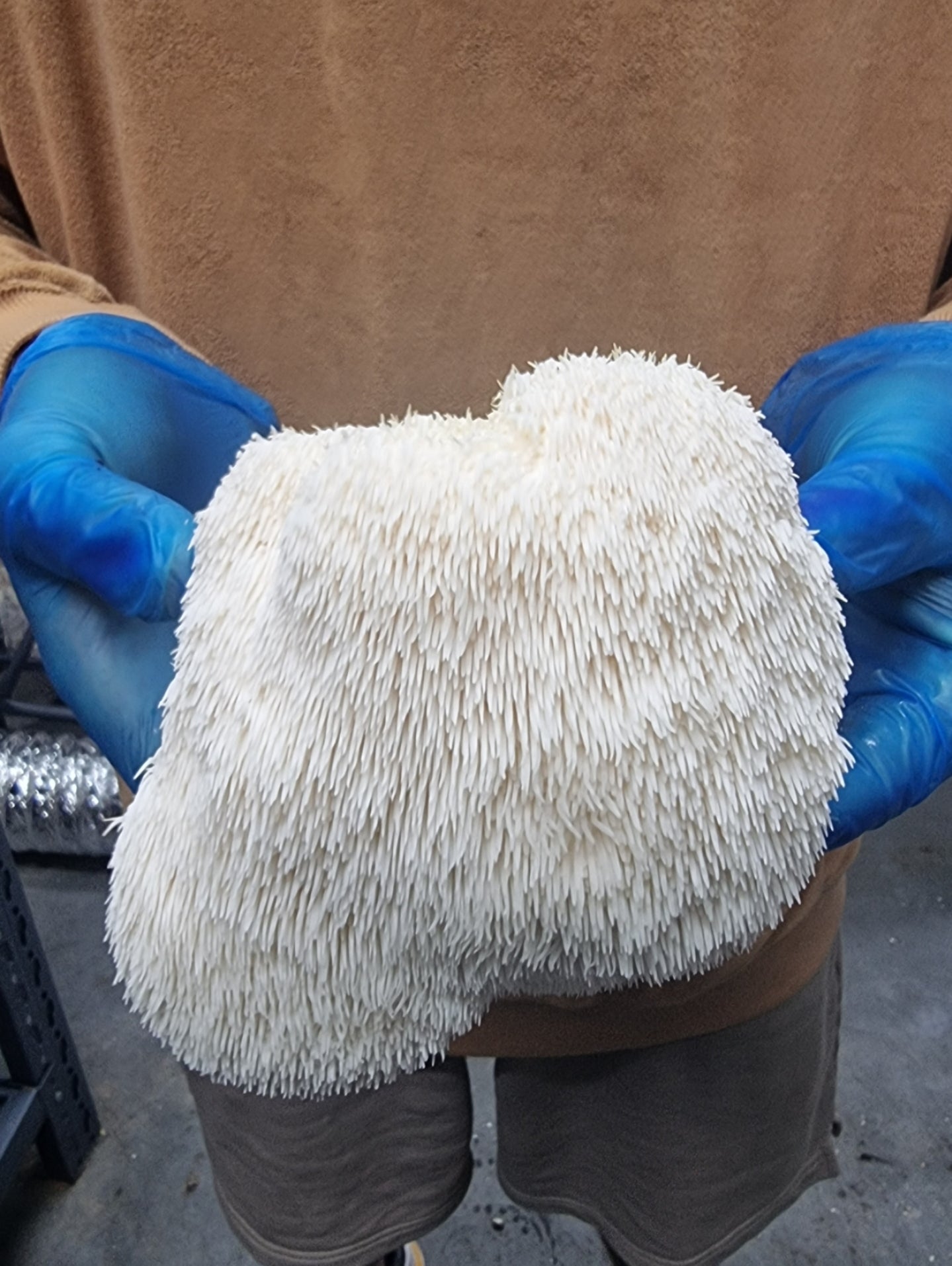Proper preparation ensures pink oyster mushrooms' delicate flavour and texture shine through. As a chef or home cook, knowing how to clean and prepare these beautiful mushrooms correctly can make all the difference.
In this article, I’ll guide you through the essential steps for cleaning and preparing pink oyster mushrooms so you can get the most out of this vibrant, edible treasure.
These tips prepare you to cook confidently, whether sautéing, grilling, or adding them to a hearty dish.
Tools You Will Need

Properly cleaning and preparing pink oyster mushrooms requires the right tools. These essentials will streamline the process and ensure the best results.
- Soft Brush or Damp Cloth: To clean pink oyster mushrooms, a soft brush or a damp cloth is essential for gently removing dirt and debris without damaging their delicate structure. Avoid using water directly, as mushrooms are porous and can become soggy.
- Paring Knife: A small, sharp paring knife is ideal for trimming the tough ends of the stems and any damaged parts. It allows for precise cutting and minimal waste. A serrated knife can also be handy for more challenging parts.
- Cutting Board: A sturdy cutting board provides a stable surface for tearing or slicing the mushrooms into desired sizes. Opt for a non-porous board, such as plastic or bamboo, which is easy to clean and maintain.
- Mixing Bowls: Having a few bowls ready will help organise your cleaned and prepped mushrooms, keeping your workspace tidy and efficient. Use separate bowls for clean, trimmed mushrooms and discarded trimmings.
- Colander or Strainer: Although it is not recommended to wash mushrooms with water, a colander can be helpful for briefly rinsing if necessary. Ensure mushrooms are quickly patted dry with paper towels to remove excess moisture.
- Paper Towels: Use paper towels to pat dry any moisture on the mushrooms after cleaning. This ensures they are dry before cooking, which helps achieve a better texture. Paper towels are also helpful in blotting any extra liquid released during cooking.
- Kitchen Scale: A kitchen scale ensures you use the mushrooms needed for recipes requiring precise measurements. This is especially useful for maintaining consistency in dishes.
- Storage Containers: If you’re not using the mushrooms immediately, store them in breathable containers like paper bags or a container lined with a paper towel to absorb excess moisture and keep them fresh longer.
Cleaning Pink Oyster Mushrooms: Step-by-Step for Perfect Results

Properly cleaning pink oyster mushrooms is crucial to preserving their delicate texture and enhancing flavour. Follow these detailed steps to ensure your mushrooms are ready for cooking.
Step 1. Inspect the Mushrooms
Start by examining each mushroom. Look for any visible dirt, debris, or damaged areas. Fresh pink oyster mushrooms should be vibrant in colour and firm in texture.
Discard any mushrooms that are slimy or have an unpleasant odour. Ensure there are no signs of mould or excessive dryness, as these indicate the mushrooms are past their prime.
Step 2. Brush Off Dirt
Gently remove dirt and debris from the mushroom caps and stems using a soft brush or a damp cloth. Avoid using too much pressure to prevent damaging the delicate mushrooms.
A slightly wet cloth can help with stubborn dirt, but do not soak the mushrooms. A soft-bristled toothbrush can also be effective for cleaning between the gills.
Step 3. Trim the Stems
Trim the stems using a sharp knife to remove the tough, woody base of the pink oyster mushroom clusters. Cut as close to the caps as possible without damaging them.
This helps improve the texture and ensures that only the tender, edible parts of the mushrooms are used. Discard the trimmed stem pieces, or save them for making stock if desired.
Step 4. Separate the Clusters
Separate the clusters by gently pulling the mushrooms apart from their thick central stem to avoid tearing the delicate caps. Break larger caps into smaller pieces if needed for uniform size, ensuring even cooking.
While separating, inspect each piece for damage or discolouration, discarding any unusable parts. This process prepares the mushrooms for your recipe while maintaining their quality and texture.
Step 5. Check for Residual Dirt
After separating the clusters, give the mushrooms a final inspection. Use the brush or cloth to remove any remaining dirt, especially between the gills. Pay close attention to the crevices where dirt can hide, ensuring they are immaculate.
Step 6. Avoid Water Soaking
It’s important to note that pink oyster mushrooms are highly porous. Avoid washing them under running water or soaking them, as this will cause them to absorb excess moisture, leading to a soggy texture when cooked. Excess water can also dilute their flavour, making eating less enjoyable.
Step 7. Pat Dry if Needed
If the mushrooms have been lightly dampened during cleaning, use paper towels to pat them dry gently.
Ensure they are dry before cooking to achieve a better texture and prevent excess water from affecting your dish. Lay the mushrooms on a clean or paper towel and gently press to remove moisture.
Preparing Pink Oyster Mushrooms for Cooking

Properly preparing pink oyster mushrooms is crucial to achieve the best dish results. Follow these detailed steps to ensure your mushrooms are ready for cooking. Steps 2 and 3 can be included if the mushrooms did not go through the cleaning process:
Step 1. Clean Thoroughly
Start by gently brushing off any dirt or debris from the mushrooms using a soft brush or a damp cloth. Avoid washing them under running water, as mushrooms are porous and can absorb moisture, which may result in a soggy texture when cooked.
If the mushrooms are particularly dirty, lightly wipe them with a damp cloth. Pat them dry with paper towels if they become damp to remove excess moisture.
Step 2. Trim the Stems
Use a sharp paring knife to trim the tough, fibrous ends of the stems. Pink oyster mushrooms generally have short stems, but any hard or discoloured parts should be removed.
Consider slicing them lengthwise for thick or tough stems to ensure they cook evenly. Removing these challenging sections will improve the overall texture of the mushrooms in your dish.
Step 3. Separate Clusters
Pink oyster mushrooms often grow in clusters. Gently pull apart these clusters into individual mushrooms or smaller sections. This ensures that each piece cooks uniformly. Be cautious not to break them into too small pieces, which can lead to uneven cooking and a loss of texture.
Step 4. Cut to Size
Depending on your recipe, you may need to cut the mushrooms further. For stir-fries or sautés, slice the mushrooms into uniform, bite-sized pieces to ensure they cook evenly.
For grilling or roasting, larger sections may be preferable to maintain their structure and prevent them from drying out. Consistent sizing helps in achieving a balanced texture throughout the dish.
Step 5. Prepare for Cooking
After cutting, place the mushrooms in a bowl or tray, ready for your chosen cooking method, whether sautéing or grilling.
If you’re not cooking them immediately, store them in a breathable container such as a paper bag or a container lined with paper towels. This helps absorb any excess moisture and keeps the mushrooms fresh.
Common Mistakes to Avoid

The most common mistakes when cleaning pink oyster mushrooms include:
- Washing under water can make pink oyster mushrooms soggy, so use a damp cloth or soft brush to clean them gently.
- Cutting too early causes them to lose flavour and texture, so tear them into smaller pieces before cooking.
- Overcooking can turn them rubbery and dry, so cook for 3-5 minutes, depending on the recipe.
- Overcrowding the pan traps steam and prevents crispiness, so cook in batches to give each piece space to sear.
- Pairing suggestions: Pink oyster mushrooms are great with steak, soups, and stews.
Why Proper Cleaning is Essential
Proper cleaning of pink oyster mushrooms is essential for several important reasons. First, it helps remove contaminants such as dirt, debris, and insects that can cling to the mushrooms during growth on organic substrates like straw, sawdust, or wood.
Additionally, it helps prevent spoilage by removing moisture and substrate residues that can harbour bacteria or fungi, which could otherwise accelerate decay and reduce the mushrooms’ shelf life.
Cleaning also enhances the flavour and texture of pink oyster mushrooms. Dirt and grit can detract from their naturally mild and slightly woody taste, and ensuring they are clean allows these qualities to shine in culinary dishes.
Furthermore, it is crucial for health and safety. Organic substrates might carry mould spores or allergens, which could lead to foodborne illnesses if consumed.
If non-organic cultivation practices are used, cleaning becomes even more critical to remove residual pesticides or chemicals. Proper cleaning ensures the mushrooms are safe, delicious, and enjoyable.
Conclusion
Mastering the art of cleaning and preparing pink oyster mushrooms ensures their delicate flavour and texture shine in your dishes. Follow these steps to enhance your culinary creations and elevate your cooking skills.
For fresh, high-quality pink oyster mushrooms, visit our selection and start cooking with the best ingredients today!
